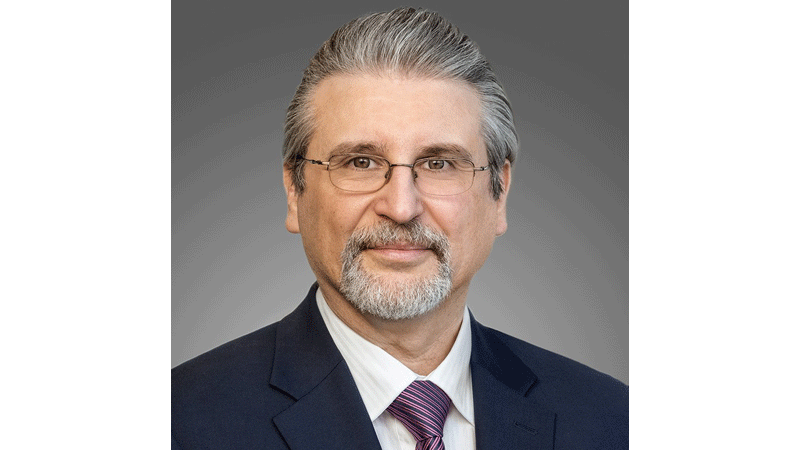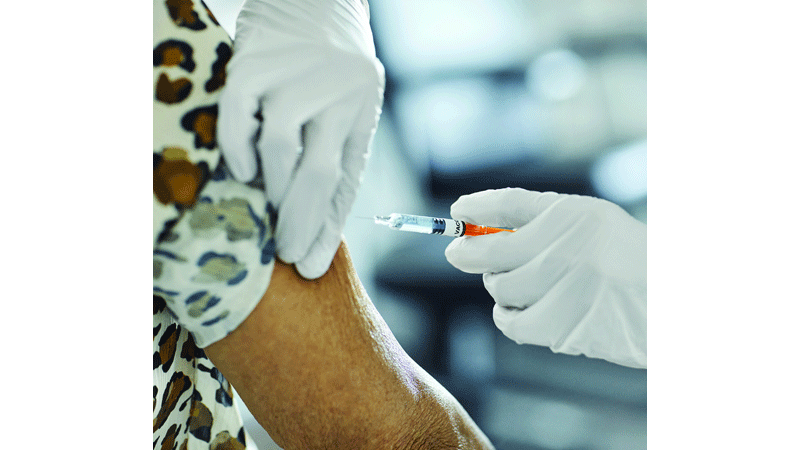Southampton schools to resume virtual learning this fall
Published 1:24 pm Wednesday, July 29, 2020
|
Getting your Trinity Audio player ready...
|
Board supports superintendent’s recommendation 5-2
COURTLAND
When Southampton County Public Schools reopen on Sept. 8, the students’ learning will be done virtually for the first nine weeks. That’s the 5-2 decision made by the county school board during its work session on Monday evening in support of Supt. Dr. Gwendolyn Shannon’s proposal.
The superintendent had already presented three choices for its “Re-Engaging & Re-Imagining Teaching and Learning” during the board’s regular meeting on July 13, which she reviewed on Monday.
The aforementioned virtual model was the first option. Faculty, staff and students will have regular classes within what Shannon said will be a “newer, more structured remote instruction model when compared to the spring 2020’s Emergency Instructional Plan.”
Option 2 was the hybrid model, with all students getting in-person instruction for two days a week and virtual instruction for three days a week. The whole student body would be divided into two groups, enabling the schools to fully comply with social distancing, at both 3 and 6 feet of spacing, and facial covering guidelines from the Centers for Disease Control, the Virginia Department of Health and the Virginia Department of Education.
Option 3 gave the board the choice for all Southampton County students returning to the classroom full-time, five days a week. This plan was sub-divided into the 3-foot spacing and 6-foot spacing guidelines. However, Shannon noted in a statement to the public and media that “the impact of all 2,700 plus students populating the school division campuses at one time posed larger issues and concerns. In order to comply with the distancing measures, there would be necessary additions to the division’s infrastructure system to make the plan work, mainly requiring additional classroom space and school buses.”
A requirement of the VDOE was to have health plan that outlined safety and mitigation practices for each option that included going back into any school-related buildings. Topics include daily health screenings, social distancing guidelines, cleaning and sanitization practices, COVID-related educational materials for students, staff and parents, and procedures and guidelines for symptomatic and infected individuals.
The superintendent also gave the board current statistics, trends and factual information from the Western Tidewater Department of Health and its director, Dr. Todd Wagner. This included WTD concerns specific to Southampton County, but also this area of Hampton Roads and the Eastern Health District.
Shannon stated she expressed concern with the increases in total cases, positivity rates and deaths in our health district throughout her presentation.
The superintended also shared the results of a pair of surveys the division conducted over the past month. The first detailed responses from parents, in which 42% of respondents indicated they would send their child to school, for face-to-face instruction on a five-day instructional schedule. Of the respondents, 54% stated they would prefer one of the virtual models (30% preferring the blended model and 24% preferring total virtual instruction). Those numbers were reflected in the 34% of all parents not feeling comfortable with their children being in the schools full time, and more than 50% of all parents being very concerned with their child’s physical health at the school. The second survey outlined responses from division staff members, with the majority of respondents being teachers. In an overwhelming response, the vast majority of staff members indicated that they would return to their positions for the upcoming school year regardless of the model chosen. When asked what type of instructional model they preferred, 65% requested the entirely virtual model while 35% preferred the blended model, which totaled 90% of the staff recommending a return to instruction with a virtual component. When further asked which model they would prefer for their own children, 60% stated they preferred only virtual, 33% elected a blended model, while only 7% chose fully in-person instruction.
Shannon reassured all present at the work session, which included an audience, that the instructional options to be implemented this fall would be far different from the emergency procedure used in the spring after the March 13 closure.
She said that in March, the order to close schools came after 2 p.m., and with secondary schools dismissing at 2:45 p.m., “we literally had people running to the buses to get information to the kids.”
“Training and preparation for the teachers will be far more extensive and encompassing than the reactionary instruction that took place this spring,” Shannon continued. She also told everyone that devices would be available for all students at the onset of the school year, with the caveat at they may not all be the exact same, as now there is a global shortage of instructional devices, such as laptops and tablets.
Following her recommendation for the virtual model, the superintended said that the decision had weighed heavily on her mind over the past weeks as plans were developed and she had “given the recommendation many hours of consideration and was it not made lightly.”
Shannon repeatedly outlined the safety of the staff, students and the community which served as driving factors in her decision.
There was a brief discussion related to concerns about instructional devices and special educational services, then board called the role to vote. Chairwoman Dr. Debora Goodwin, Vice Chairman Jim Pope, Lynn Bradley, Denise Bunn and Florence Reynolds voted in favor of the Superintendent’s recommendation, with Donna Roundtree and William Worsham dissenting. Dr. Carolyn Modlin and Christopher Smith were absent.



